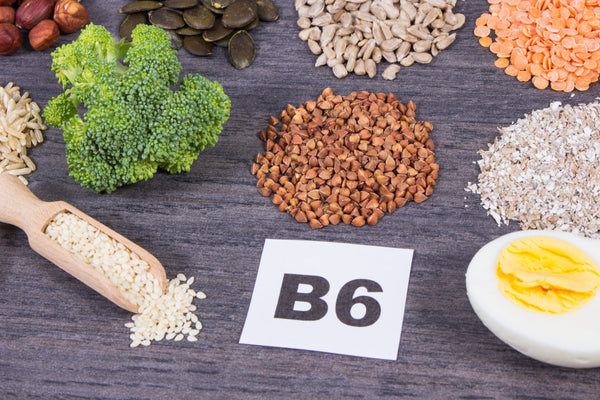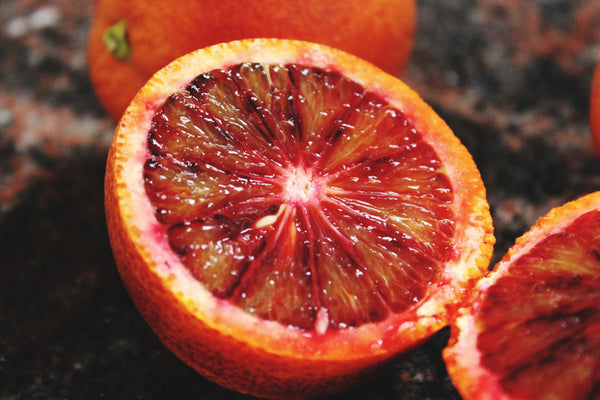
Try These Foods with Vitamin K Content for Children

Children need a lot of nutrients to help their growth and development process. No exception, children's needs for vitamin K need to be met.
This is because vitamin K is quite important for the body. Starting from playing a role in the blood clotting process, it is good for bone growth and can improve heart health.
Read: These are the Benefits of Vitamin K for Children
How much vitamin K does a child need?
Citing the Bundoo page, the Recommended Dietary Allowance (RDA) shows the amount of vitamins required for various age groups.
According to the Food and Nutrition Council at the Institute of Medicine, the recommended RDA of vitamin K for children, namely:
- Age 1–3 years as much as 30 micrograms/day,
- Ages 4–8 years as much as 55 micrograms/day, and
- Ages 9–13 years as much as 60 micrograms/day.
If the needs for vitamin K are not met properly, the body can be at risk of excessive bleeding when inflammation or wound occurs, bone growth is not good so it is more at risk of osteoporosis, and it is also more likely to experience heart health problems.
Vitamin K can be obtained from food as well as supplements. However, for children, it is better to get vitamin K from food alone because it is more natural. Compared to supplements that may have been mixed with chemicals.
For this reason, here we provide a list of foods with Vitamin K content for children. Perhaps it is useful for you in meeting the child's vitamin K intake.
1. Chicken meat
Chicken meat is a food choice that mama can provide to meet the intake of vitamin K in children. According to the WebMD page, chicken meat contains as much as 10 micrograms of vitamin K per 100 grams of serving.
In addition, chicken meat is a good source of protein for children to consume. Protein in chicken meat can help the growth and development of children's muscles, Ma.
Chicken meat contains selenium, one of the minerals that play a role in thyroid health function, hormones, and the immune system. Chicken meat is also rich in vitamin B6 (or vitamin B complex) which serves to encourage digestive enzymes to work better. Thus, the body's metabolism can work better.
2. BroccoliPexels/Buenosia Carol
In 100 grams of serving cooked broccoli contains 141 micrograms of vitamin K. So, broccoli may be able to add mama to the children's food menu so that her vitamin K needs are met.
Quoted from familyeducation, broccoli is a good food to support children's growth and development. This is because broccoli has carbohydrates as a fairly high energy producer, but low in calories, and is rich in fiber to support digestive health.
In addition, broccoli contains many vitamins and minerals that are good for health. For example, calcium, potassium, folate, and carotenoids can improve the health of the vision system, ward off cell damage, and function as raw materials for the production of vitamin A in the body.
3. LettucePexels/Daian Gan
Lettuce is one of the popular vegetables for diets. Although low in carbs and calories, lettuce contains vitamin K which is high enough that it may be suitable for giving to children, Ma.
In half the serving, lettuce contains as much as 60 micrograms of vitamin K. So, Mama may be able to add lettuce to the list of foods to meet the child's vitamin K intake.
Lettuce also has many health benefits when consumed. This is because lettuce contains vitamin A which is good for skin health and vision and vitamin C as an antioxidant substance so it is good for the immune system.
In addition, lettuce contains folate which is good for the growth and development of cells in the body. Lettuce is also quite rich in iron which is good for the body in producing red blood cells so that it can prevent anemia.
4. Chickpeas
Launching the Healthline page, 100 grams of cooked chickpeas contain 48 micrograms of vitamin K. So, chickpeas may be a food choice given to children in meeting the needs of vitamin K.
Green vegetables that can be consumed by seizing or processing with other vegetables or various proteins are also good for health. Chickpeas contain vitamin A which is great for maintaining healthy vision, as well as enriched with vitamin C to support the immune system.
Interestingly, chickpeas are vegetables that have a fairly high protein. The body of your child needs protein for healthy and strong hair, muscle, and bone growth.
5. Asparagus
Asparagus is one of the vegetables that is a fairly high source of vitamin K. In 4 cooked asparagus stalks contain as much as 40 micrograms of vitamin K. So, it could be a food choice to meet the intake of vitamin K in children.
However, please be aware that asparagus may be more suitable to be given to children who have been able to chew well. This is to avoid the risk of choking when consuming it because asparagus tends to be large in size, Ma.
Not only is it rich in vitamin K, but asparagus also has other good benefits. When consumed, asparagus can act as a good antioxidant for the immune system because it contains vitamin C and vitamin E.
In addition, asparagus contains fiber which is good for the digestive system and intestinal health. Asparagus is also good at helping the growth and development process because of its folate content which plays an important role in the cells of the child's body.
6. Spinachels/Jacqueline Howell
Another vegetable that Mama can give to meet children's vitamin K, namely spinach. Spinach contains 483 micrograms of vitamin K in every 100 grams of serving.
This green vegetable has a variety of benefits for the body because it contains many nutrients in it. Spinach is good for the health of the vision system, as well as able to increase immunity.
Spinach is also great for hair growth and can play a role in skin health. In addition, spinach is enriched with iron so that it is able to prevent anemia.
Vitamin K Content for Children is an article, hopefully it will be useful.




